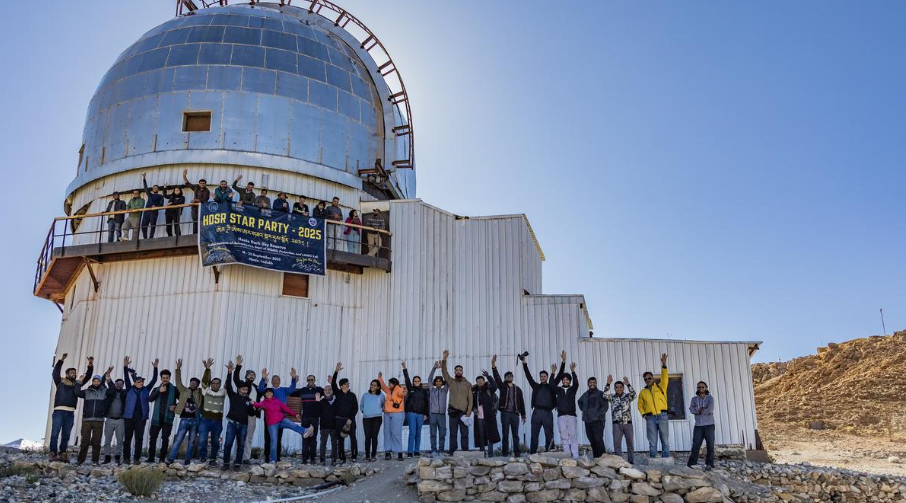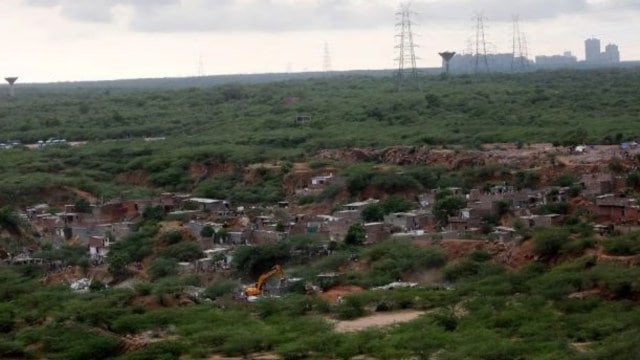



Hanle Dark Sky Reserve in Ladakh, India’s first such reserve, preserves one of the clearest night skies in the world. With minimal light pollution and Bortle-1 clarity, it supports astronomy, astrophotography, and research at the Indian Astronomical Observatory. The reserve boosts the local economy by training residents as Astronomy Ambassadors, promoting astro-tourism, and organizing annual star parties. Government initiatives like the Mini Planetarium and Astro-Globe aim to enhance visitor experience while ensuring sustainable development and cultural preservation.

Copyright infringement not intended
Picture Courtesy: The Hindu
With the motto “come for the mountains, stay for the stars”, the Hanle Dark Sky Reserve in Ladakh is a model for preserving Himalayan skies while boosting the local economy. It is India’s first dark sky reserve, offering pristine conditions for astronomy and astro-tourism.
A Dark Sky Reserve is a designated area recognized for its exceptionally clear night skies that are protected from light pollution. These areas allow people to observe stars, planets, and other celestial phenomena in their natural clarity.
Key Features of Dark Sky Reserves:
Establishment of the Dark Sky Reserve
The Hanle Dark Sky Reserve is managed under a memorandum of understanding between:
It is located within the Changthang Wildlife Sanctuary and surrounds the Indian Astronomical Observatory, which hosts:
Hanle Star Party
The Hanle Dark Sky Reserve Star Party is an annual event that brings together amateur astronomers and astrophotographers to experience some of the clearest night skies in the world. Held in Hanle, Ladakh, India, these gathering offers participants a unique opportunity to observe and photograph celestial phenomena in a pristine environment. This event organized by the Indian Institute of Astrophysics (IIA) in collaboration with the Union Territory of Ladakh and the Ladakh Autonomous Hill Development Council (LAHDC) Leh.
 Picture Courtesy: Team-BHP
Picture Courtesy: Team-BHP
Source: The Hindu
|
Practice Question Q. Explain the significance of the Hanle Dark Sky Reserve in Ladakh. Discuss its impact on local communities, government initiatives for its development, and future prospects for astro-tourism and scientific research. (250 words) |
A Dark Sky Reserve is a protected area with exceptionally clear skies, maintained by minimizing light pollution to support astronomy, research, and eco-tourism.
It is located in Hanle village, Ladakh, within the Changthang Wildlife Sanctuary, at an altitude of 4,250 meters.
Hanle has Bortle-1 skies (highest clarity), low humidity, low light pollution, fewer atmospheric particles, and clear skies almost all year.






© 2025 iasgyan. All right reserved